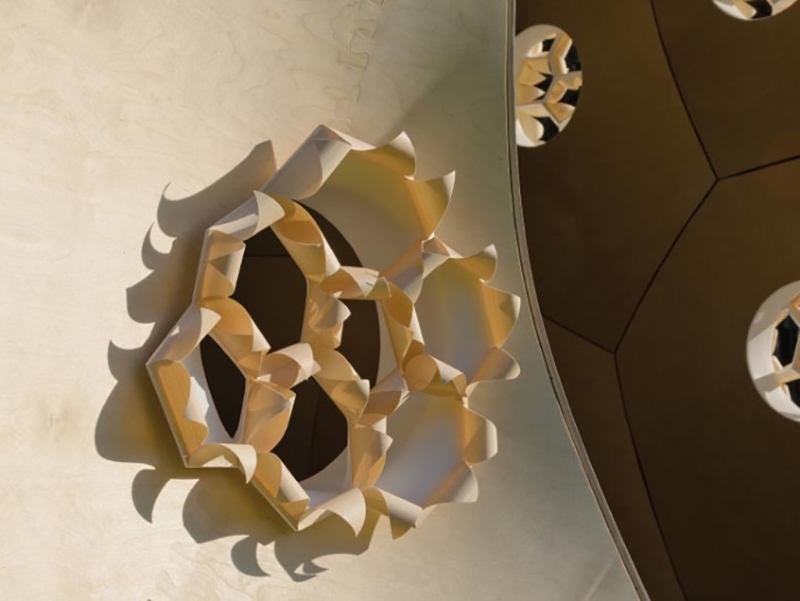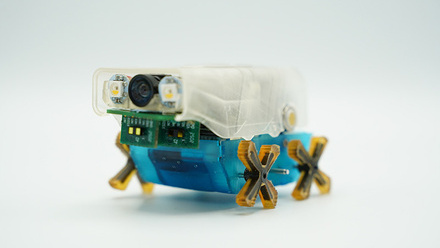Animate materials - what next?
The Royal Society has released a new Perspective report looking into animate materials.

The Perspective on Animate Materials identifies these human-made materials, which mimic living systems, as a field which could deliver major change across a range of sectors from infrastructure to medicine and clothing.
The report suggests three characteristics of future animate materials -
- Active - they can change their properties or perform actions, often by taking energy, material or nutrients from the environment
- Adaptive - sensing changes in their environment and responding
- Autonomous - able to initiate a response without being controlled
Some forms of animate materials already exist, such as self-healing paints. The report sets out a roadmap to guide developments in animate materials, including encouraging interdisciplinary collaboration to share expertise and identify opportunities, and ensuring that sustainability and circularity are prioritised at the outset to support a greener future.
The Royal Society will be hosting an event as part of British Science Week discussing the future of animate materials. The event will be held virtually at 6pm on Wednesday 10 March.







